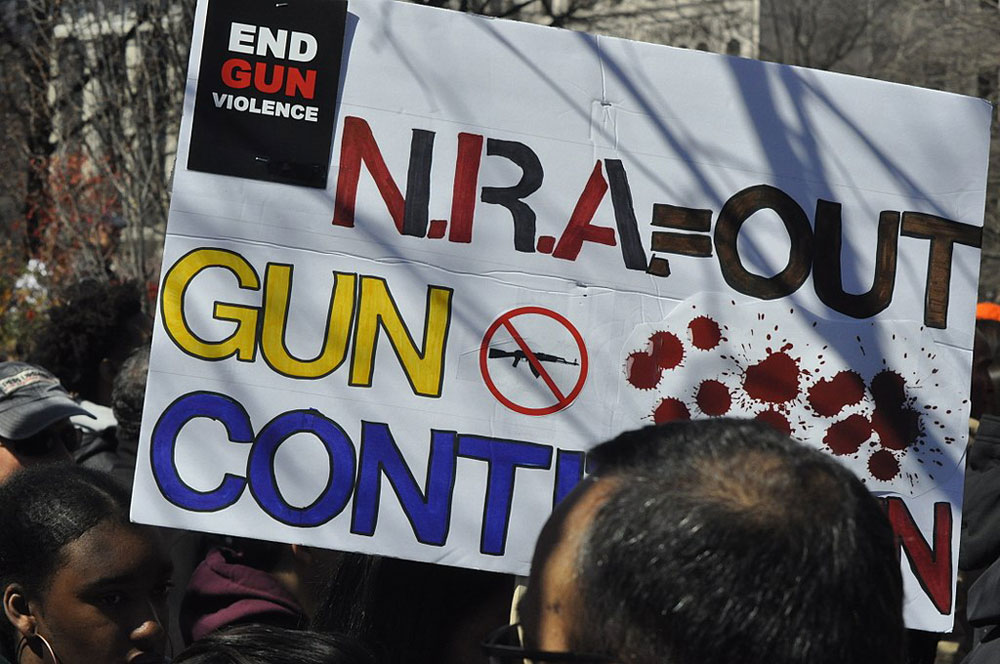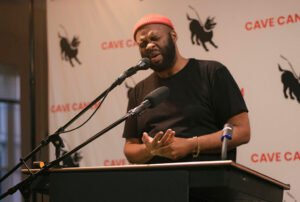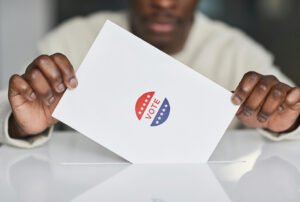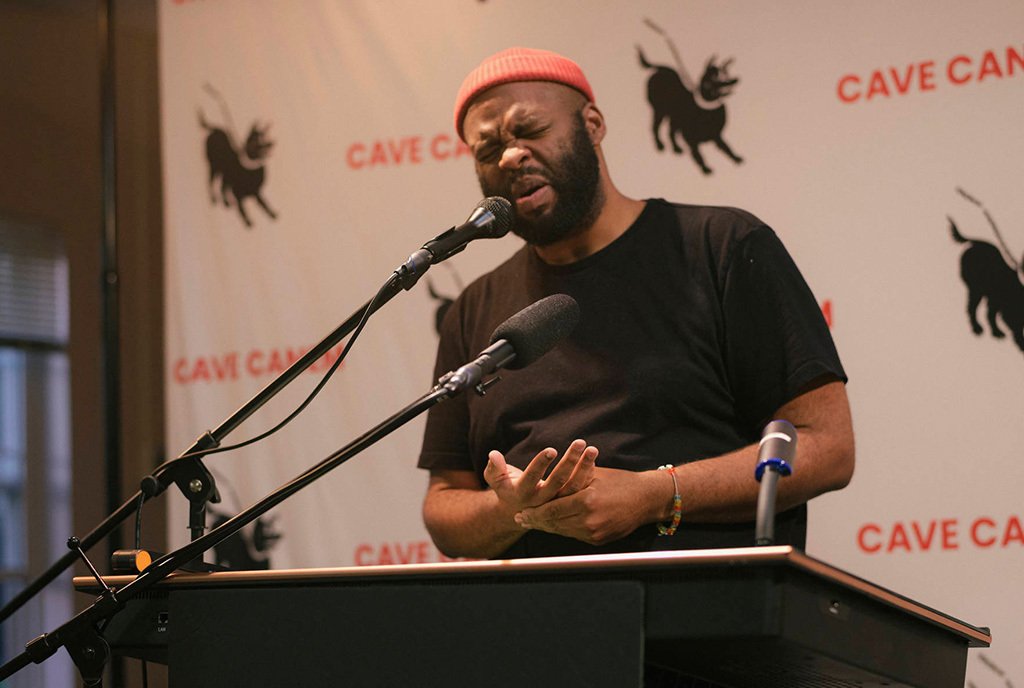
August 8, 2020; Washington Post
NPQ has previously detailed New York Attorney General Letitia James’ move to dissolve the National Rifle Association (NRA) for fraudulent behavior and the violation of state law; the District of Columbia has launched a related motion against the NRA Foundation. The potential ramifications of both lawsuits are significant for pro-regulation and gun violence prevention movements.
So how did the NRA, the most powerful and seemingly untouchable gun lobby, find itself teetering on the brink of collapse—and what is the sector’s role in a future without its monolithic presence?
The past decade witnessed substantial moments that paved the way for James’s actions. The first is the NRA’s own malfeasance. Writing for Washington Post, Robert J. Spitzer describes an organization embroiled in conflict both within and without, culminating in accusations of “cronyism, corruption, sweetheart deals and fraud.”
Over $70 million in 2016 campaign spending and the continuing support of a newly elected Donald Trump and Republican-controlled Congress projected an NRA at its strongest. Yet NRA CEO Wayne LaPierre, enabled by NRA leadership, three of whom are also named in James’ lawsuit, was already allegedly funneling millions of dollars for personal use. It found its assets $31.8 million in the negative by the end of 2017 and has continued hemorrhaging funds since.
Then there were the 2018 midterm elections. With Democrats ultimately assuming control of the House of Representatives, more candidates embraced gun reform in the wake of the Marjory Stoneman Douglas High School shooting and subsequent youth-led March For Our Lives movement. House Democrats began taking a unified stance on gun regulation, passing a bill broadening federal background checks for firearm purchases in 2019. Multiple states proposed and enacted stricter gun control laws. Even some Republicans started wavering; Senators Lindsey Graham (R-SC) and Marco Rubio (R-FL) both expressed support of extreme-risk protection orders.
Hundreds of people are murdered or injured during mass shooting events every year and that, too, has affected the NRA’s relevance. Many believed the horror of 2012’s Sandy Hook Elementary School shooting would finally herald necessary gun reform measures. It didn’t, but it did serve as a catalyst for widespread pro-regulation and gun safety movements. March For Our Lives, which filed a formal complaint against the NRA to the New York attorney general’s office in 2018, has consistently contributed to the gun violence prevention movement with its massive, organized marches and strategic voice.
Sign up for our free newsletters
Subscribe to NPQ's newsletters to have our top stories delivered directly to your inbox.
By signing up, you agree to our privacy policy and terms of use, and to receive messages from NPQ and our partners.
Mass shootings, which have no official definition, happen so regularly that it’s clear more than “thoughts and prayers” are required. The NRA’s frequent stance that mass shooting events are a result of mental health, school security, and video games and a reluctance to make public comments after an event reveal an organization out of sync with current culture.
Now we arrive in 2020 and what could be the beginning of the end of the NRA as we know it. Spitzer postulates that, while the NRA may be in its last days, the mission it represents is as strong as ever. Smaller grassroots organizations like the National Association for Gun Rights and the Citizens Committee for the Right to Keep and Bear Arms will pillage the ruins of the NRA empire as gun legislation remains one of the most bitterly divisive partisan issues in America. Their efforts can only be expected to increase in response to nationwide calls to defund police.
Again, the question: What is the nonprofit sector’s role moving forward? According to Nonprofit AF’s Vu Le, the answer lies in increased funding for advocacy and community organizing and taking political action.
Le argues that “[funders’] underinvestment in advocacy and community organizing for years has amplified the inequity of the current moment.” March For Our Lives, Never Again MSD, Everytown for Gun Safety, Guns Down America, Moms Demand Action for Gun Sense in America, and other pro-regulation and gun violence prevention organizations need ongoing support from the philanthropic community to continue pushing for reform while countering the goals of the NRA’s eventual successors. We know sustained pressure does lead to results, but that pressure can’t exist without long-term investment from the sector.
Le also calls nonprofits and philanthropy to involve themselves in politics, stating “The only way we can make a dent in social justice is if progressive nonprofits and foundations get over our disdain of politics and fully embrace using it to change unjust systems.” 501c3 organizations frequently cite a fear of losing tax-exempt status by violating the IRS’s advocacy and lobbying rules as reason to remain apolitical but Le, as well as NPQ (see here and here), points out that this isn’t true to the extent many nonprofits believe. As such, taking a stance against harmful policies that uphold the wanton carnage of mass gun violence is, as Le notes, a moral obligation.
In an op-ed for Bustle, March For Our Lives’ Kelly Choi, Bria Smith, and Serena Rodrigues expand on this idea. “Lasting change requires agitating the system from the outside,” they write, “and by working within it to strategically dismantle the bigotry, racism, and corruption that fuel the epidemic of gun violence in this country. (A great leader once called this ‘good trouble.’)”
We cannot underestimate the NRA or other bad actors in the sector, even now. We can, however, rally around the organizations best equipped to move us toward a just future by ensuring they remain supported, accountable, and uplifted.—Drew Adams













